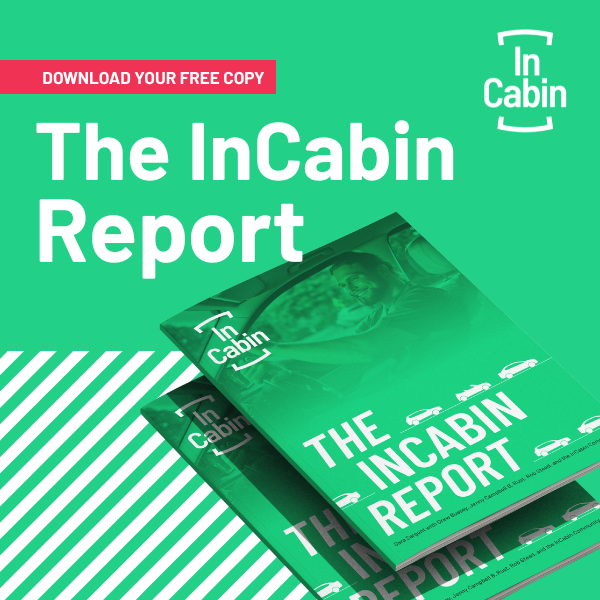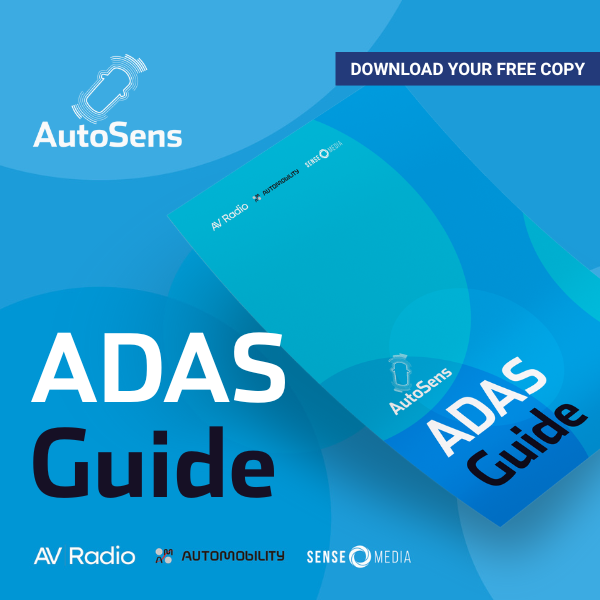At InCabin Europe, Guillermo Nigorra Pascual—Head of Quality Complete Vehicle at SEAT Cupra—will share how Cupra transformed its engineering culture by embedding UX into vehicle quality from the top down. He will highlight key steps such as launching a Voice of the Customer programme, introducing early usability testing, and redefining quality validation to emphasise “customer readiness” over technical correctness.
Expect real‑world lessons in shifting mindsets, aligning metrics with user perception, and reshaping validation criteria around user satisfaction rather than just defect‑free performance.
You’re speaking at InCabin Europe about establishing UX as a Quality Pillar at Cupra — can you give us a snapshot of this journey and the key challenges faced?
The first step—undoubtedly the most important and also the most challenging—is to establish a customer-centric mindset and philosophy throughout the company. This transformation can only be achieved through a top-down approach that actively involves all parts of the organization.
Once this cultural shift has been initiated, the next challenge is to embed specific elements into the development processes that enable customer preferences to be integrated into key decision-making.Resistance to this often comes from engineers themselves, as the customer’s voice frequently seems to contradict what might be seen as a logical solution from an engineering perspective.
How did the introduction of new processes — like Voice of the Customer capture and early usability testing — shape the development and validation of the vehicle?
Step by step, we have observed that important—sometimes even elementary—customer needs are beginning to be discussed and prioritized during concept decision phases, reaching up to the Executive Level.
From the validation perspective as well, we see that the company is increasingly referring to “customer readiness,” considering elements that are genuinely linked to customer acceptance—not merely the absence of failures.
What were the biggest challenges and opportunities in transforming existing engineering profiles to embrace both the technical skills and mindset required for UX?
In our particular case, we had no alternative. If we wanted to implement our vision, it could only be realized through the transformation of the existing team and actively choosing what other activities could be underprioritized to accomplish the new tasks.
The greatest challenge was managing the natural resistance to change among engineers. There is a tendency to perceive change as a risk—especially when individuals who have mastered certain tasks and are recognized for their expertise find themselves entering a new activity where they are no longer seen as the reference point.
A clear fear emerged around “not meeting expectations” and “not knowing the exact path forward.”
To address this challenge, our strategy focused on evolving the working culture: celebrating small progress as major achievements, allowing freedom to define next steps, and embracing failures as a normal part of the building phase.
What advice would you give to other teams looking to embed UX requirements into their validation criteria from the outset, and what key takeaways do you hope attendees will take from your session?
It is essential to have tools that enable a precise understanding of customer needs, offering a complementary perspective to the traditional engineering approach.
In addition, tools that help objectivize certain decisions are absolutely necessary. Metrics must be carefully defined and evaluated to ensure clear conclusions that support efficient decision-making.
In your view, why are forums like InCabin Europe important for the industry, and what value do they bring to organisations like Cupra?
In the case of the Quality area of Cupra, it definitely gave us tools and important insights from the rest of automotive partners to reinforce our strategy. It also encouraged us to keep with our transformation.
As a Whole, InCabin Europe is a great forum to systematically share insights and learnings in the world of the UX, which is a science with an incredible pace of transformation and with huge gap for technical innovation.
Interested in exterior sensing technology?
With a pass to InCabin Europe, you’ll also get full access to our co-located sister event, AutoSens. Check it out here >>




